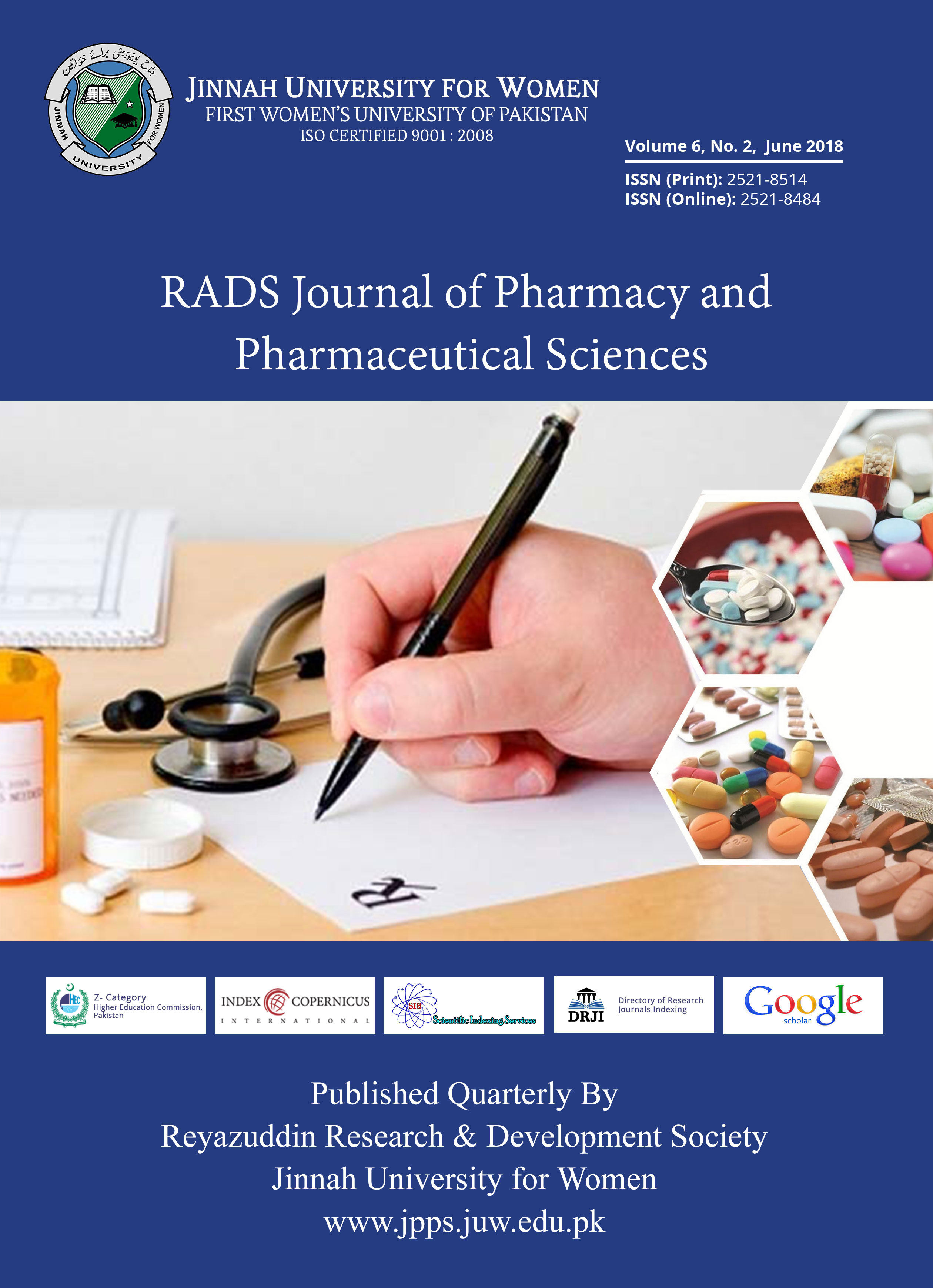Diabetes is Classified into Five Different Types
Abstract
Since decades, it has been considered that there are only 2 types of diabetes; type I, an autoimmune condition in which the body itself stops producing insulin while in type II insulin resistance is developed by the body. However, with the advancement in research and technology it has now been identified that type II is highly heterogeneous and there should be 5 different types of diabetes. According to the researchers, type I should be renamed as ‘severe autoimmune disease’, while type II should be sub-categorized into 4 separate types of which 2 of them are serious diseases while the remaining two are mild in nature. The new classification emphasizes on different patient characteristics and risk of diabetic complications in individuals suffering from diabetes. According to new classification, type I is severe autoimmune diabetes, or ‘type one’ diabetes, type II is severe insulin deficient diabetes affecting young individuals with low production of insulin, elevated blood sugar and moderate resistance of insulin while severe insulin resistant diabetes associated with obesity, mild obesity related diabetes affecting obese individuals at a relatively young age and mild age-related diabetes affecting elderly patients including 40 % of the diabetes affected individuals are type III, IV and V respectively. It has also been identified that there is an increased risk of diabetic kidney disease in individuals suffering from type III as compared to those in type IV and V while the risk of retinopathy is highest in individuals suffering from type II. In Pakistan, diabetes has become a rapidly growing health crisis making number of patients increased with rapid onsets. This latest sub classification of diabetes might help in tailoring and targeting early treatment to the patients, thus, providing a first step towards individualized patient treatment in diabetes and identifying individuals with increased risk of complications. However, much research is needed in this aspect as it is the patient in the end who suffers the most.
Copyright (c) 2018 RADS Journal of Pharmacy and Pharmaceutical Sciences

This work is licensed under a Creative Commons Attribution-NonCommercial 4.0 International License.
Submitting a manuscript to a journal implies that the work has not previously been published in any other journal, printed or online (save as an abstract or an academic thesis), and that it is not currently being considered for publication elsewhere.















